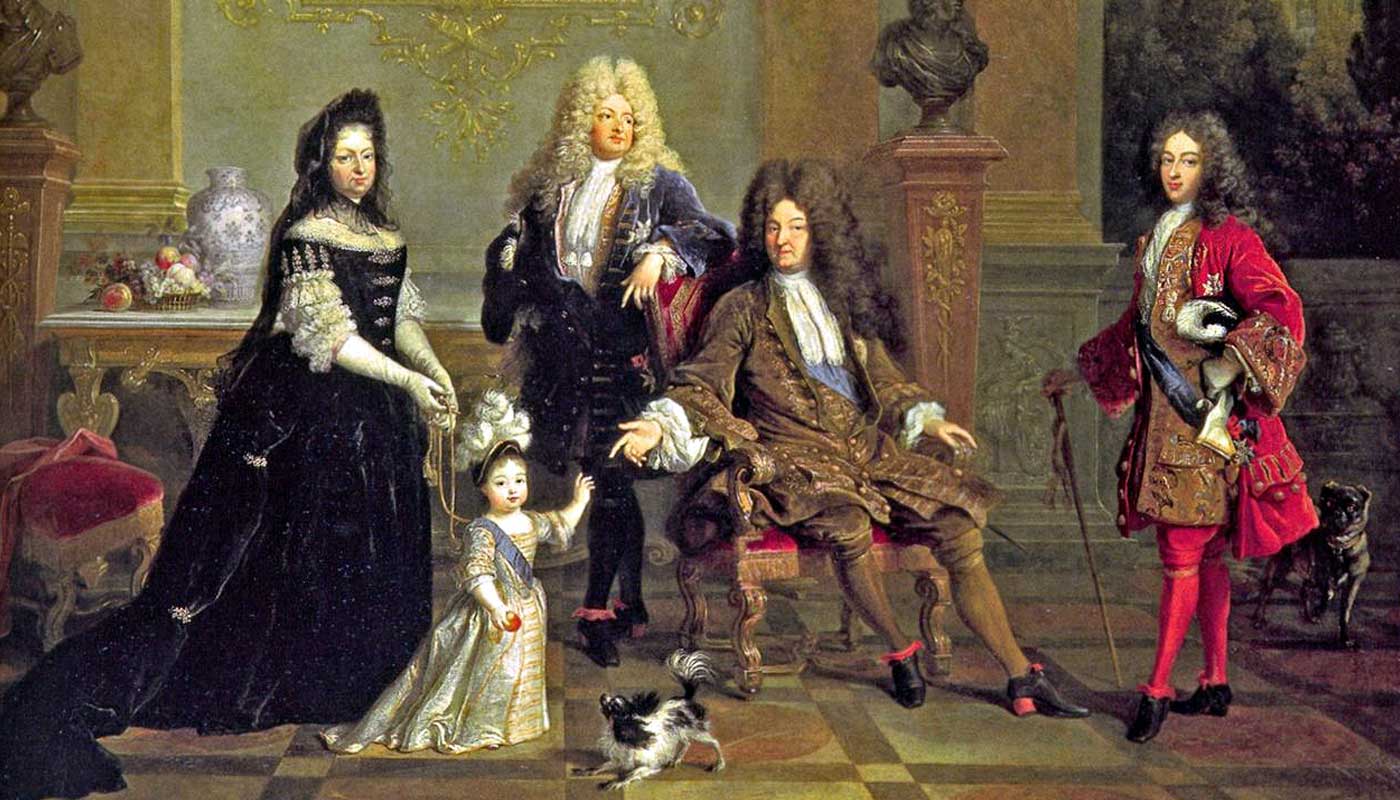The authenticity of famous relics can often lead to heated debates. Such was the case for a mummified head presumed to belong to King Henry IV, and a blood stain supposedly from King Louis XVI. Initial DNA analyses claimed they were authentic. However, more in-depth analyses completely discredit these findings. Here is the story of “authenticating” the relics, and then rejecting them by using more thorough DNA analyses of living royal descendants.
King Henry IV
King Henry IV was the first King of France from the House of Bourbon. During his reign (1589-1610), he was the target of at least 12 assassination attempts, predominantly due to his religious views.
However, he was also known as “Good King Henry” for his geniality and concern for his subjects. Henry was fatally stabbed in 1610 and buried at the Saint Denis Basilica. The tomb was later ransacked during the French Revolution, hereby raising the first question over the authenticity of his alleged mummified head.
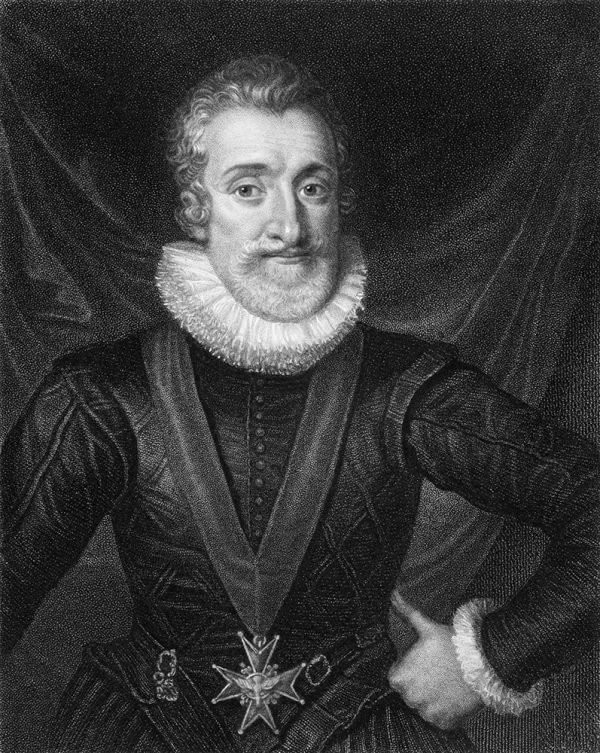
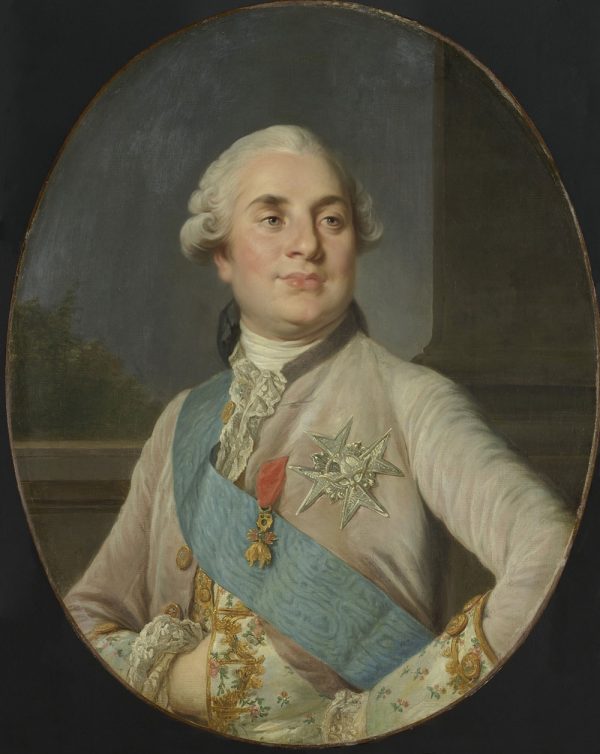
The last King of France
King Louis XVI was the last King of France before the French Revolution. He was also of the House of Bourbon, separated from “Good King Henry” by seven generations through the direct paternal line.
In 1793, Louis XVI was sentenced to immediate execution by a majority of just one vote. He bravely met his fate by guillotine, and was buried in an unmarked grave in the Madeleine cemetery.
His wife, Queen Marie Antoinette, was executed later that year, and also thrown into an unmarked grave in the same cemetery. At the beginning of the Bourbon Restoration, the remains of both Louis XVI and Marie Antoinette were transferred to the Saint Denis Basilica.
Y-DNA profile from the bloody handkerchief
Legend tells of several onlookers rushing forward to dip their handkerchiefs in the blood of Louis XVI at his beheading. One of these handkerchiefs was kept as a memento in a richly decorated gourd.
In 2011, Lalueza-Fox C et al. published Y-DNA data from dried blood scraped from the gourd. Y-DNA is the DNA that is passed unchanged from father to son to grandson. Y-DNA short tandem repeat (STR) markers are the most useful variations for tracing relatively recent paternal ancestry, as well as providing an estimation of Y-DNA haplogroup.
Lalueza-Fox C et al. proposed that the blood belonged to a male from the rare G2a Y-DNA haplogroup. However, they were unable to authenticate that this blood really did come from Louis XVI, as they had no DNA profiles as reference samples.
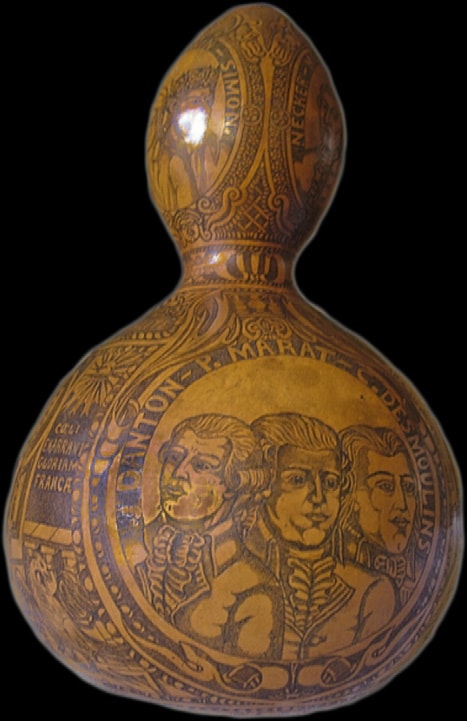
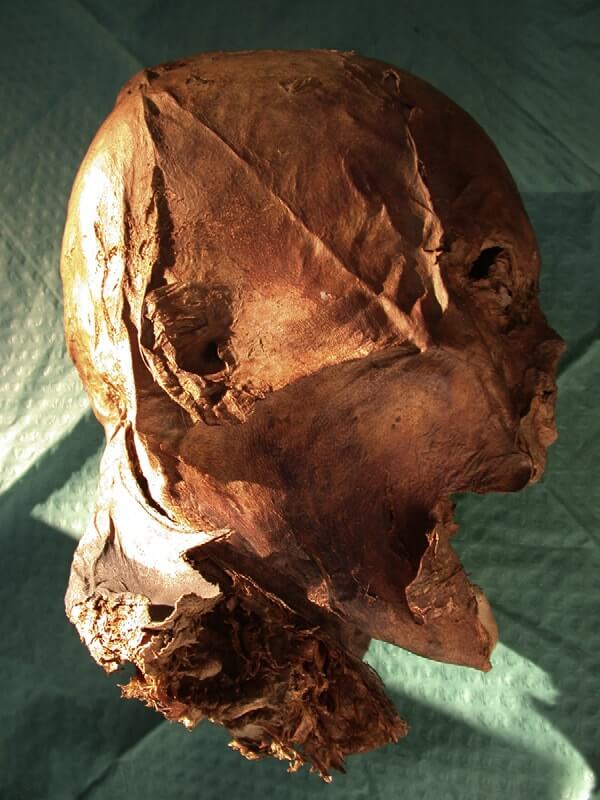
DNA profile from King Henry IV’s mummified head
In 2013, Charlier P et al. claimed that they had proof that the blood sample was really from Louis XVI. Not only that, they claimed they had the final piece of evidence to confirm the identification of Henry IV’s mummified head.
Their work focused on the difficult task of extracting DNA from the ancient head. They were able to obtain a partial Y-DNA profile, which matched closely to the profile obtained from the blood sample.
This Y-DNA profile match was as expected if these two samples really were from the two French kings. Hence, the evidence seemed to put to rest the speculations surrounding the authentication of these royal relics.
DNA profiles from living relatives discredit the relics
However, the questions continued. Most importantly, wherever possible, the identify of historical skeletal remains and other biological samples should be validated with DNA profiles from living relatives.
This is because the DNA from historical samples is often degraded (as was the case for Henry IV’s putative head) and it can be easily contaminated with “fresh” DNA. Luckily, the family trees of royal families are well documented, aside from any potential infidelities of course!
Larmuseau et al. (2014) collected samples from three living paternal descendants of Henry IV – Axel of Bourbon-Parma, Sixte-Henri of Bourbon-Parma and João Henrique of Orléans-Braganza.
Axel and Sizte-Henri share a recent paternal ancestor, while the common paternal ancestor for all three descendants is Louis XIII – the son of Henry IV.
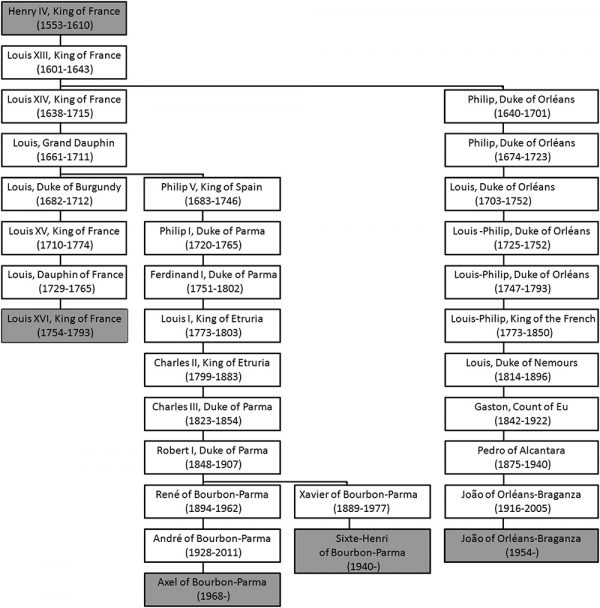
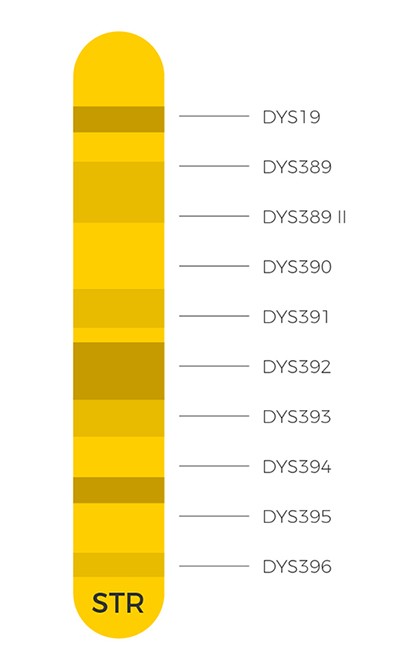
Therefore, these three living descendants should share the same Y-DNA profile as both Henry IV and Louis XVI.
High quality Y-DNA was obtained from the living descendants, and all three were shown to belong to Y-haplogroup R1b (or more specifically the sub-haplogroup R1b1b2a1a1b*).
This is completely different to the G haplogroup determined from the blood and mummified head samples. So it completely impossible that all five of these samples share a common paternal ancestor!
Of course, there is a possibility of multiple non-paternity events, but written records do not contain evidence of any infidelities within the royal line of the House of Bourbon.
Tracing maternal ancestry with mitochondrial DNA
All of the DNA details for these relics thus far had focused on the paternally inherited Y-DNA, but the value of mitochondrial DNA (mtDNA) cannot be ignored. MtDNA is passed unchanged from mother to child, providing an ideal way to trace maternal lineages.
Luckily, the researchers in the 2013 study (Charlier P et al.) had also analyzed the mtDNA from the mummified head, determining that the mtDNA haplogroup was U5b*.
Interestingly, Henry IV was not only a paternal ancestor of Louis XVI, but he was also maternally related to Louis XVI’s wife, Marie Antoinette, through Anna of Habsburg from the 12th century.
This means that Henry IV and Marie Antoinette should share the same mtDNA profile. However, Marie Antoinette actually belonged to mtDNA haplogroup H (as determined in a separate study described here).
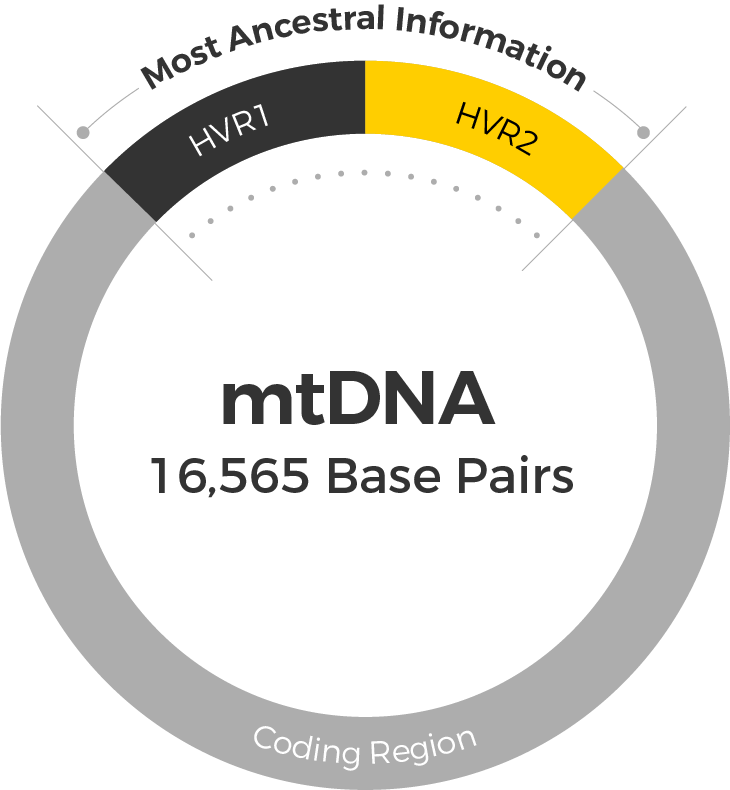
Conclusion
In conclusion, nothing appears to match! Both the mummified head and blood sample have unexpected Y-DNA profiles, and maybe it was just by chance that there appeared to be a match between the two.
Furthermore, the mtDNA profile of the mummified head is also unexpected. These discrepancies may have occurred due to contamination of the historical relics, or it could be that the relics really do not originate from royalty as they were claimed to.
Whatever the reason, we now know the true Y-DNA profile of the House of Bourbon. This Y-DNA profile is very rare, but it’s entirely possible that there are “common” males among us who also share the same profile. They may actually have some royal blood, since there are many legends of children fathered out of wedlock from men in this aristocratic family. Take the DNA Paternal Ancestry Test to see if you share a similar Y-DNA profile.


